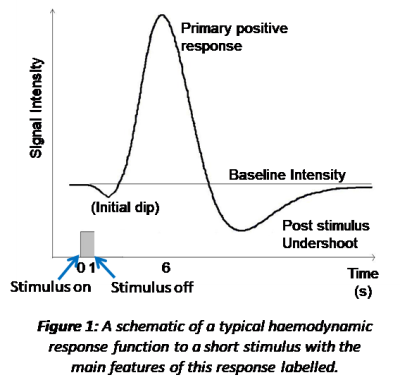Weekend Educational Session
Nuts & Bolts of fMRI & Its Clinical Applications
Session Topic: Nuts & Bolts of fMRI & Its Clinical Applications
Session Sub-Topic: Nuts & Bolts of fMRI & Its Clinical Applications
Weekend Course
ORGANIZERS: Benedikt Poser, Susan Francis, Richard Buxton
| Saturday Parallel 3 Live Q&A | Saturday, 8 August 2020, 16:00 - 16:30 UTC | Moderators: fMRI Basics: Benedikt Poser Clinical Applications of fMRI: Susan Francis |
Session Number: WE-04
Overview
Functional MRI (fMRI) continues to be a dynamic and growing field, providing a noninvasive tool for probing the working brain. As the field has matured, fMRI has grown from a focus on basic studies of brain function to an expanding number of clinical applications. This course is designed to provide an introduction to fMRI methods and an overview of current clinical applications. The first half of the course will provide an introduction to the basic ideas and methods for those new to the field and also provide a deeper foundation for investigators already working with fMRI. The lectures will cover the basic physiology underlying fMRI, acquisition methods, and data analysis techniques. The second half of the course will focus on current clinical applications, highlighting work in psychiatric disease, pre-surgical planning, and real-time fMRI for neurofeedback.
Target Audience
Anyone interested in state of the art methods for investigating brain function, particularly in clinical applications.
Educational Objectives
As a result of attending this course, participants should be able to:
- Describe the physiological basis of fMRI;
- Recognize the range of options for acquiring fMRI data and the practical concerns and trade-offs involved;
- Describe the different methods for designing fMRI experiments and analyzing fMRI data, including both task-based and resting state techniques;
- Describe how resting-state studies are being used in psychiatric disease;
- Describe how task activation studies are being used for neurosurgery planning; and
- Describe how real-time fMRI is accomplished and how it is being used for neuro-feedback studies.
| fMRI Basics | ||
 |
Introduction fMRI: Origin of the BOLD Signal
Karen Mullinger
BOLD fMRI is a popular tool for studying brain function due to its non-invasive nature and the ability to provide high spatial resolution across the brain. However, the BOLD contrast is not a direct measure of neuronal activity and can also be used to interrogate vascular properties of the brain. Here we will explore the physical and physiological mechanisms which generate the BOLD signal. With this knowledge we will briefly explore how a given BOLD signal could have been generated in many different ways; and methods to disentangle this information; highlighting the opportunities and challenges BOLD contrast offers.
|
|
| Introduction fMRI: BOLD Acquisition & Practical Considerations
Daniel E. Gomez
This course describes the acquisition of functional MRI (fMRI) data and the practical concerns and trade-offs involved when designing imaging protocols. Focus is given to blood oxygenation level dependent (BOLD) acquisitions with a gradient-echo (GRE) 2D echo-planar-imaging (EPI) sequence. Key sequence parameters and common artifacts are discussed.
|
||
| Task Design & Analysis: From GLM to MVPA
Anna Blazejewska
This lecture will discuss the motivation, methodology and limitations of different experimental designs and data analysis approaches for task-based fMRI experiments. More specifically, the GLM and MVPA approaches will be discussed and compared.
|
||
| Resting State: Analysis Strategies
Sheba Arnold-Anteraper
|
||
| Clinical Applications of fMRI | ||
| Clinical Applications: Pre-Surgical Planning
Yanmei Tie
|
||
| Clinical Applications: Real-Time fMRI & Neurofeedback
Susan Whitfield-Gabrieli
|
||

 Back to Program-at-a-Glance
Back to Program-at-a-Glance Watch the Video
Watch the Video Back to Top
Back to Top